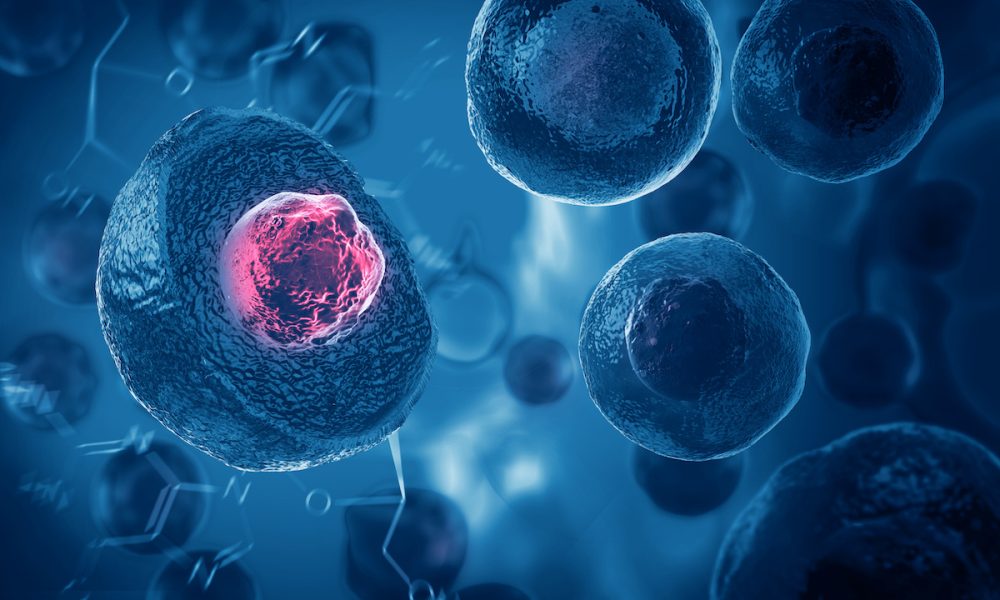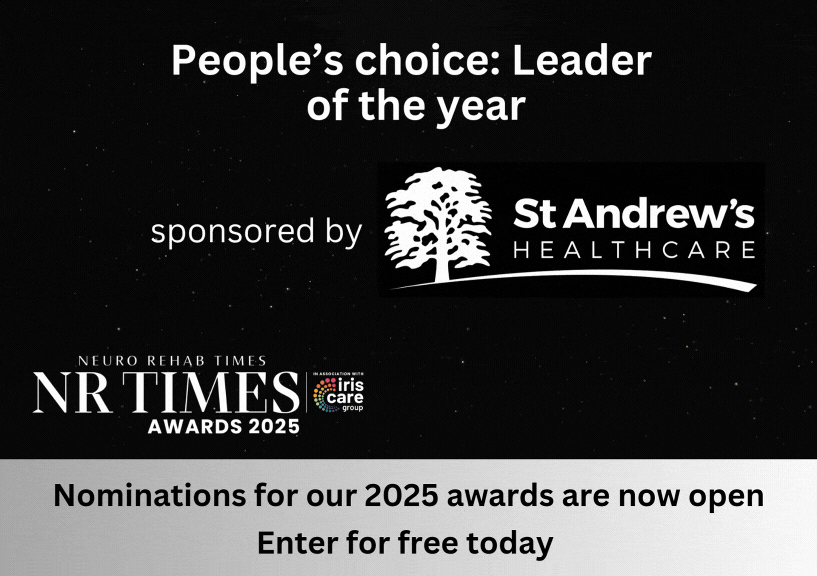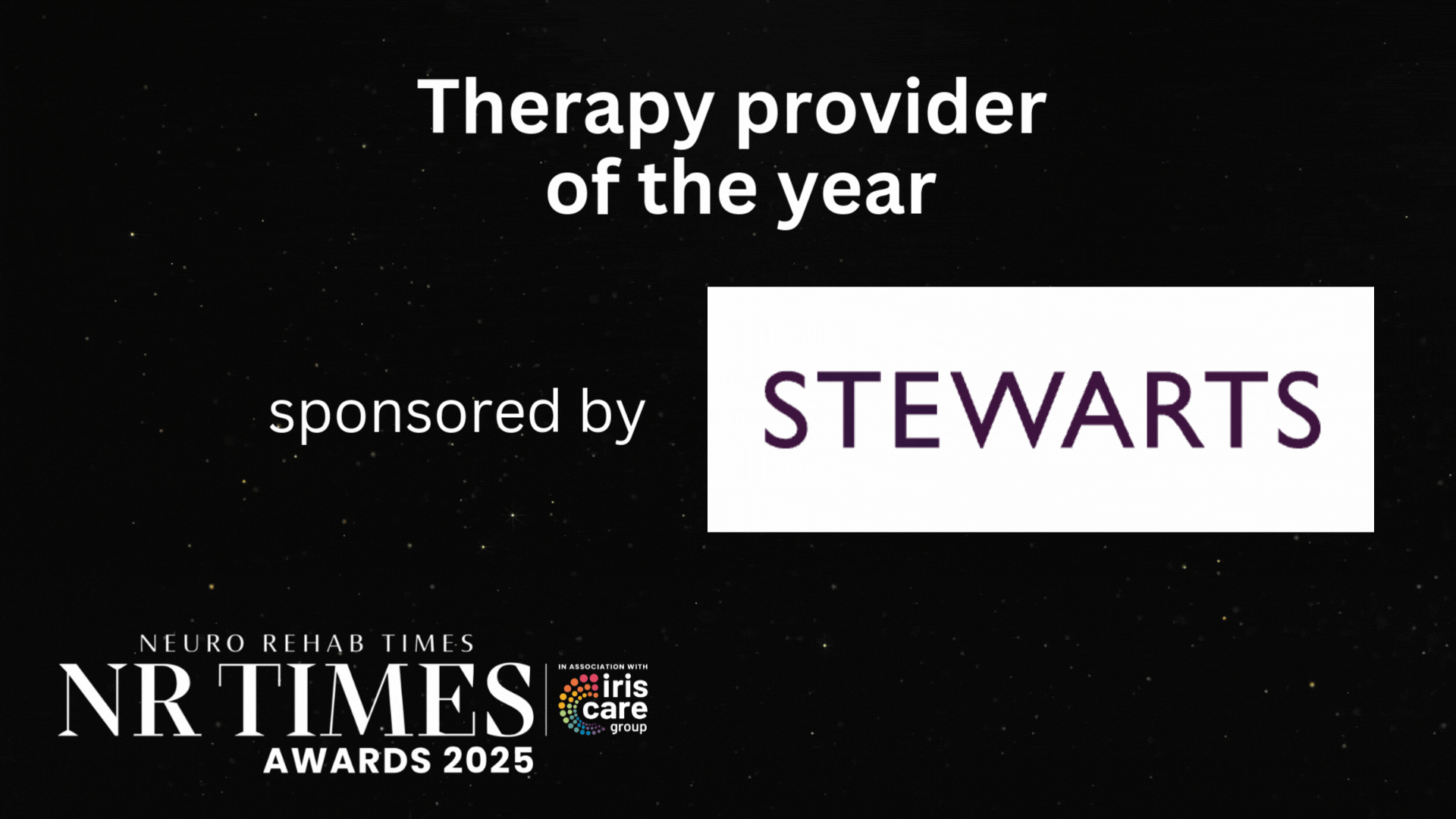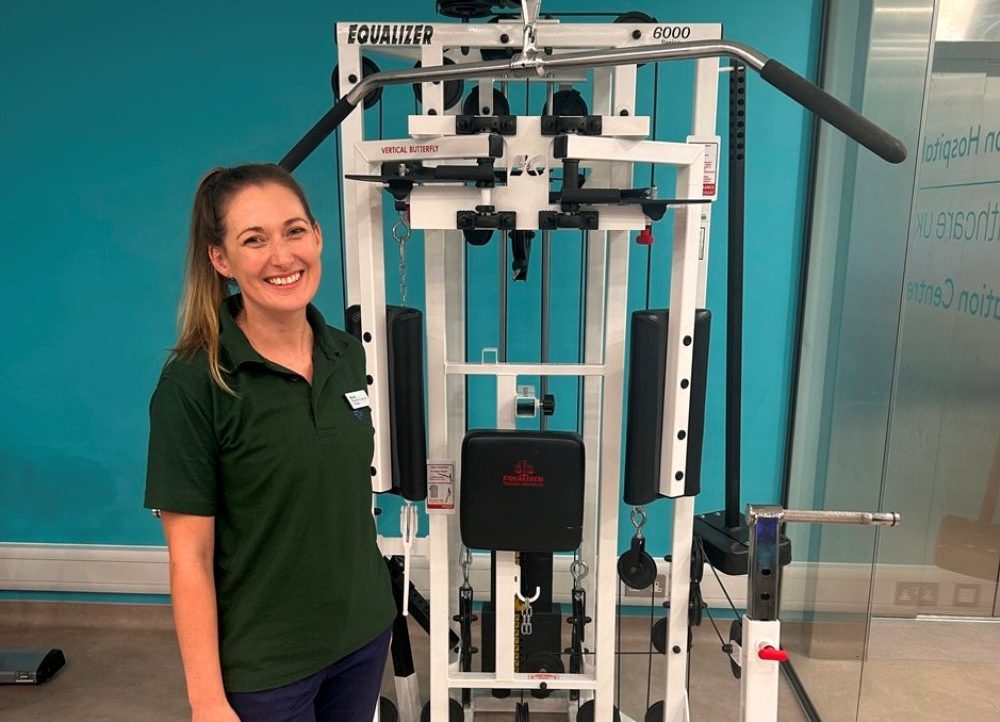Novel Parkinson’s treatment shows promise in clinical trial

People with Parkinson’s are receiving a new investigational treatment after a successful study demonstrated the therapy’s safety in non-human primates and refined the method for its delivery.
Biotechnology company Aspen Neuroscience said it would enrol a third group of participants in its ASPIRO trial after the first four patients safely tolerated the therapy.
The Phase 1/2a trial is designed to evaluate the treatment’s safety and most effective dose in humans.
The treatment involves growing new brain cells, called neurons, from patients’ own cells and grafting them into key brain areas affected by the disease. Doctors have reported improvement in Parkinson’s symptoms among those treated so far.
“Early data from the first four patients show that precision intracranial delivery of the neurons is safe and well tolerated,” said Andrés Bratt-Leal, Aspen co-founder and senior vice president of research and development.
“Both patient-reported and clinician-reported outcomes show early signs of changes from baseline in multiple clinically meaningful outcome measures.
“Autologous iPSC-derived therapy as a regenerative medicine approach has the unique advantage of not requiring immunosuppressive medications.”
In 2024, researchers at the Wisconsin National Primate Research Center successfully grafted progenitor cells – which develop into dopamine-producing neurons – into the brains of macaque monkeys.
Aspen, based in California, supplied the cells, grown from multiple lines of human-induced pluripotent stem cells, along with equipment for their precise delivery.
“Using a patient’s own cells avoids the need to use immunosuppression to keep the patient’s body from rejecting or attacking the graft,” said Marina Emborg, a UW–Madison professor of medical physics.
“Aspen has developed the technological methods for manufacturing and quality control that make it feasible at scale to produce autologous cells and deliver them to patients.”
Parkinson’s disease damages neurons that produce dopamine, a chemical that transmits signals between nerve cells.
The disrupted signals make it progressively harder to coordinate movement and cause rigidity, slowness and tremors – the disease’s hallmark symptoms.
Patients are typically treated with drugs such as L-DOPA to boost dopamine production, but these can lose effectiveness and cause complications over time.
“By the time of diagnosis, it is common for people with Parkinson’s to have lost the majority of dopaminergic neurons, leading to progressive loss of motor and neurological function,” explained Edward Wirth III, cell therapy expert, Aspen’s chief medical officer and a collaborator on the 2024 study.
“To replace these lost cells, we must target a very specific area of the brain with a high degree of surgical precision.”
Using MRI-guided techniques, the patient’s new cells are transplanted a few microlitres at a time into the exact brain areas where they are most needed.
The Emborg laboratory at the primate centre specialises in developing cell therapies for Parkinson’s. Its results in non-human primates supported Aspen’s successful application to begin human trials.
The research followed earlier work by Emborg and Su-Chun Zhang of the Wisconsin School of Medicine and Public Health, which reversed Parkinson’s symptoms in monkeys using autologous cell grafts.
The 2024 study tested Aspen’s human cells and a delivery method that allowed surgeons to reach brain targets with fewer insertions of the delivery device.
“This study was an important step in our work to bring the promise of a cell-replacement therapy to people with Parkinson’s disease,” said Bratt-Leal, who co-authored the 2024 study.
“The results were instrumental in opening our first-in-human trial and informing how we deliver patients’ own cells to them in the study.”
It was a collaboration between Aspen scientists, Emborg’s lab and the Wisconsin National Primate Research Center to validate the company’s procedures and equipment.
Refinements to logistics, surgical equipment and techniques in the animal studies informed how patients in the human trial have received and recovered from the therapy.
“Our results were all so exciting,” Emborg said.
“And then, when I saw they had been able to begin with a human patient… I just had tears in my eyes.”










